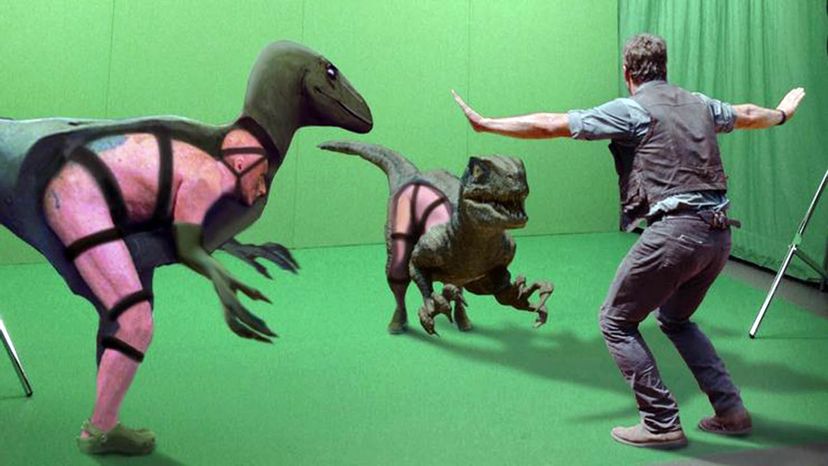
"Pirates of the Caribbean: The Curse of the Black Pearl" is a fantasy-adventure movie with an all-star cast that grossed more than $46 million in its 2003 opening weekend.
Tommy Wiseau's "The Room" is an independent film about adultery and framed spoons. Nicknamed "the 'Citizen Kane' of bad movies," it's got a cult following now, but this eccentric little drama only made $1,900 during its original theatrical run.
Advertisement
Oddly enough, these two projects have a few things in common. They both came out in 2003 — and they both used green screens. So do all kinds of different movies, from "Avengers: Endgame" to "The Wolf of Wall Street."
Green screens let creators combine parts of two separate images or videos. Want to watch Gandalf the Grey wax philosophic on a mountaintop? You could film that on location, sure. Or you could put actor Ian McKellen in front of a wall-sized green screen and then add the rugged backdrop later.
This magic trick is nothing new; 1940's "The Thief of Baghdad" relied on the same basic technique. But have you ever wondered how it works?
Advertisement




